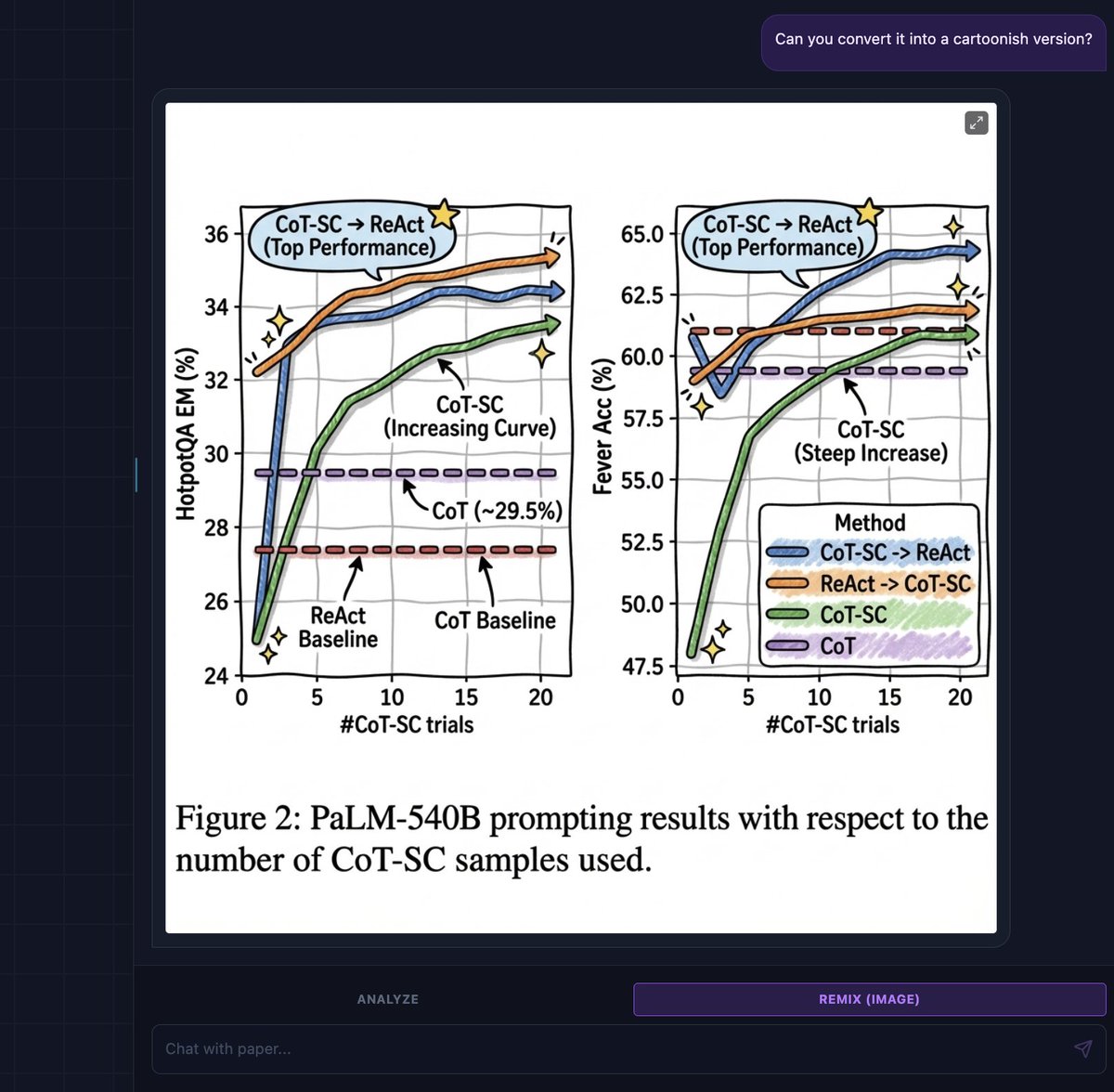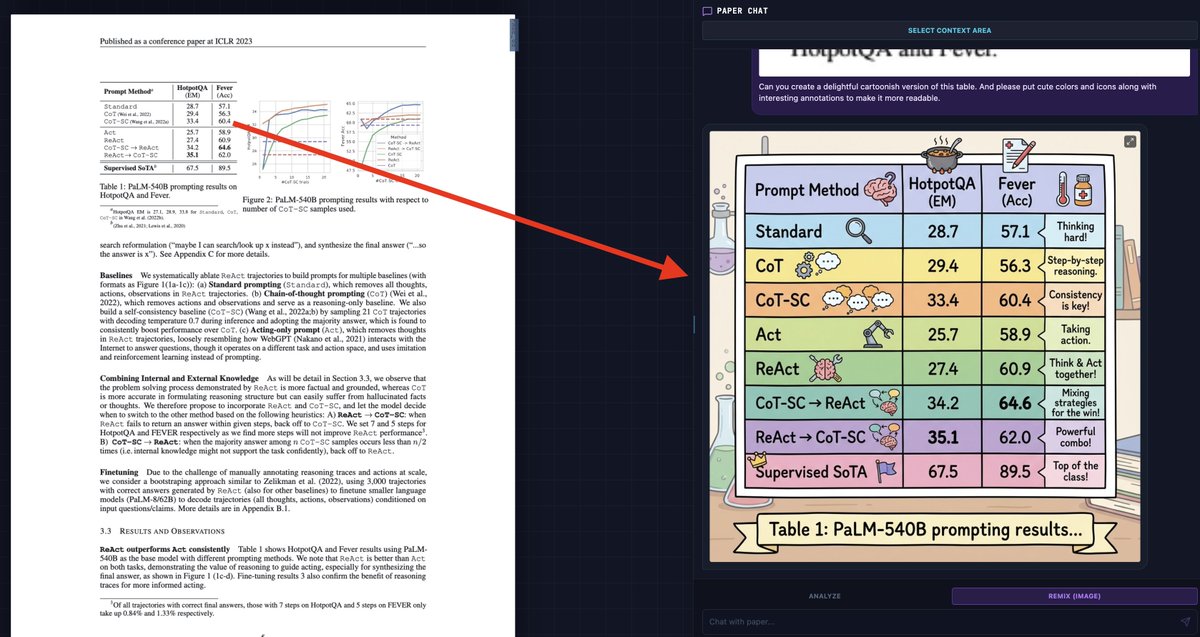Machine learning for single cell biology: insights and challenges by Dana Pe’er. #NeurIPS2019 

• • •
Missing some Tweet in this thread? You can try to
force a refresh



























